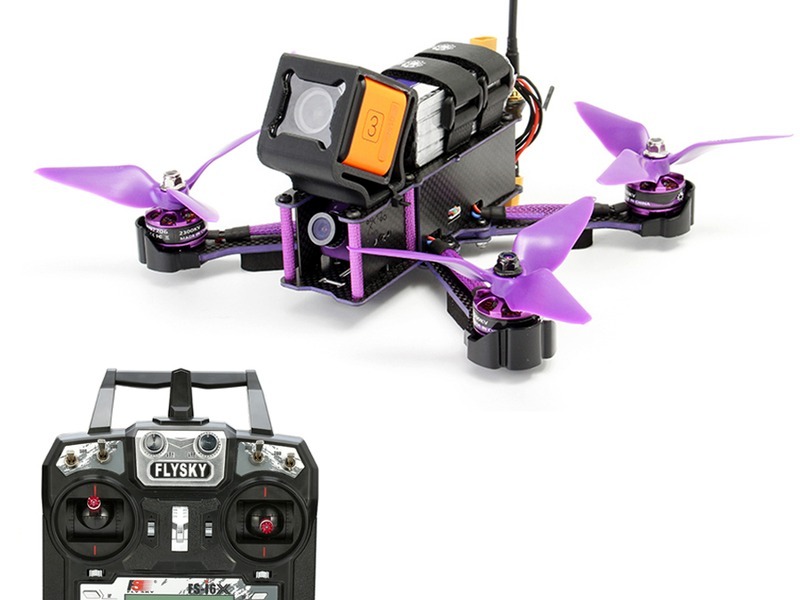What is the hardest thing to pilot?

The hardest thing to pilot is a plane, helicopter, or other aircraft. Piloting an aircraft is a highly complex task that requires a high level of skill and knowledge. It is not something that can be learned overnight, and even experienced pilots have to continually practice and refine their skills in order to stay safe and successful.
The first challenge to piloting an aircraft is the physical act of controlling the aircraft. Pilots must be able to maneuver the aircraft in a variety of ways. This includes taking off, landing, and navigating the aircraft through the air. Pilots must also be able to adjust their speed and altitude, as well as make quick decisions in order to avoid hazardous weather conditions or other potential dangers.
The second challenge is mastering the technical aspects of flying. Pilots must understand the principles of aerodynamics and be able to interpret the data provided by the aircraft’s instruments. They must also be familiar with the regulations and procedures that govern the airspace in which they are flying.
The third challenge is dealing with unexpected situations. Pilots must be able to think quickly and make decisions under pressure. They must be able to assess potential risks and take appropriate action to avoid them. This requires a great deal of experience, knowledge, and judgment.
Finally, the fourth challenge is managing the mental and emotional aspects of flying. Pilots must be able to remain calm and concentrate on the task at hand, even when faced with stressful or dangerous situations. They must be able to remain confident in their abilities and trust their judgment.
Piloting an aircraft is an incredibly difficult and complex task. It requires a great deal of skill, knowledge, and experience. The best pilots are those who have mastered the physical, technical, and mental aspects of flying, and are able to remain calm and make sound decisions even under pressure.
Comments / Question
2. Make sure to have a thorough understanding of the aircraft’s performance and limitations.
3. Remain aware of the aircraft’s position relative to the terrain and surrounding airspace.
4. Use of a checklist during all phases of flight.
5. Monitor all instruments closely and make frequent cross-checks.
6. Maintain a proper attitude and altitude above terrain and other obstacles.
7. When possible, fly with a qualified copilot.
8. Exercise caution when operating in turbulent or severe weather conditions.
9. Always carry sufficient fuel for the mission.
10. Utilize proper radio communications and procedures.
2. Failing to properly plan the flight and adhere to the aircraft’s operating parameters.
3. Not adequately preparing for emergency situations.
4. Not understanding the aircraft’s limitations and flying outside of them.
5. Not maintaining the aircraft according to its manufacturer’s recommendations.
6. Ignoring weather conditions and flying in hazardous conditions.
7. Not accounting for the aircraft’s weight and balance.
8. Failing to review the aircraft’s checklists before takeoff.
9. Neglecting to practice and maintain proficiency in the aircraft.
10. Failing to adhere to standard operating procedures.

